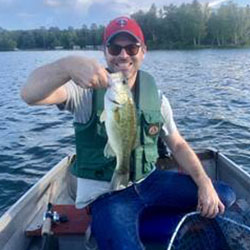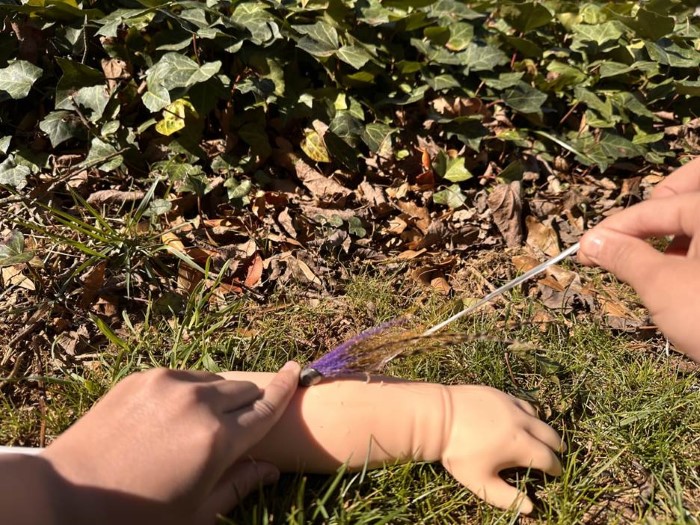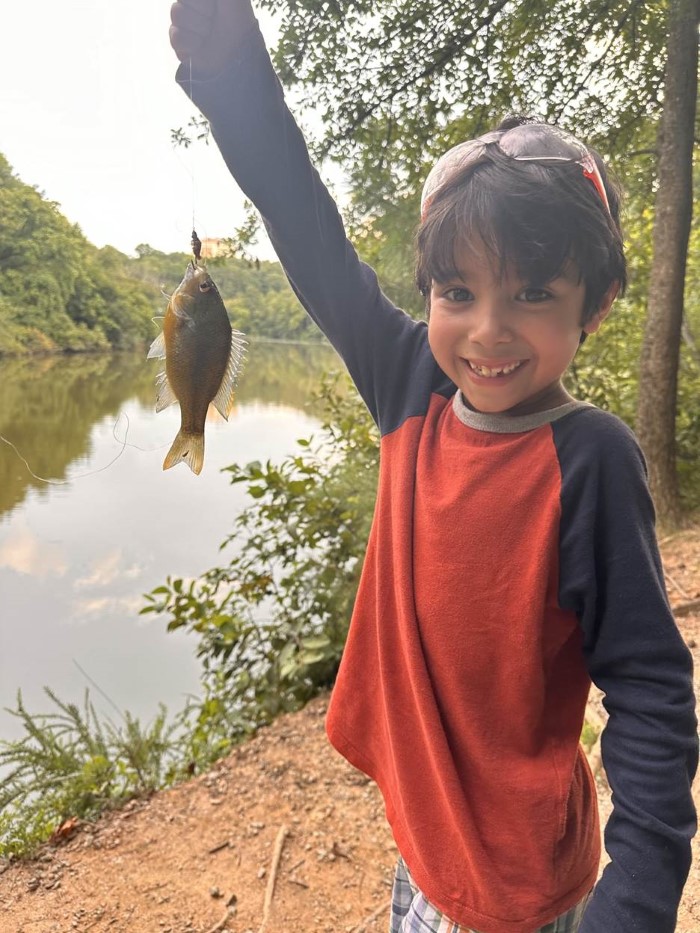
Fishing Injuries
Brian Costello, MD, FAAP, FACEP, FAWM
Associate Professor of Pediatrics and Emergency Medicine
Emory University School of Medicine

Fishing, long important to many cultures and traditions, is attracting new participants as social media “fishing influencers” proclaim the sport’s well-known benefits for mental health and wellness. While traditional anglers may bemoan the sudden, crowdsourced disclosure of their cherished fishing spots, this presents an opportunity for wilderness medicine specialists to promote recreational fishing safety for new generations.
Children may benefit most from outdoor time away from screens and engaging with nature through hands-on activities such as fishing. Several states hold “Take a Kid Fishing” days and events to promote family participation. Sunfish species (e.g., bluegill) are abundant in many North American lakes and ponds and eagerly bite small bobber-and-worm rigs from docks or shore. Injury risks, however, are heightened when young, excited children first learn to cast.
Fishing-specific injuries typically involve embedded hooks, although general dangers of outdoor activity on or near water are also inherent. Injuries from sinkers and spearfishing likewise occur. While most fishhook injuries are minor, penetrating ocular trauma is often devastating. One should consider eye protection for children new to fishing (who may need repeated reminders to keep their safety eyewear in place). In suspected open globe injury, a rigid eye shield can be improvised with a disposable cup cut to size and secured with tape. Goggles or safety glasses can be taped similarly (1).
For a fishhook embedded in the skin, the simple “string-and-yank” method can be performed in the field (or emergency department) and, when done properly, requires no anesthesia. A string, such as fishing line or silk suture, is looped through the belly of the hook. Two loops increase the likelihood that the hook stays attached to the string. Applying downward pressure to the eyelet and shank of the hook with the opposite thumb and forefinger, tension on the string is released and then the string is quickly jerked horizontally in the plane of the shank’s long axis. This disengages the barb and frees the hook. Eye protection and distancing of bystanders should be considered, as the hook may fly out unpredictably. Failures of this technique are typically due to lack of confidence in firmly snapping the string. Although less elegant, the “push-through” method also may be used, where the hook’s point and barb are poked out through the skin and then clipped with wire or bolt cutters (2).

- Otten EJ. Chapter 26: Hunting and Fishing Injuries. In: Auerbach, PS, ed. Wilderness Medicine. 7th ed. Elsevier; 2017: 549-563.
- Diekema DS. Chapter 118: Fishhook Removal. In: King C, Henretig FM, eds. Textbook of Pediatric Emergency Procedures. 2nd ed. Lippincott Williams




